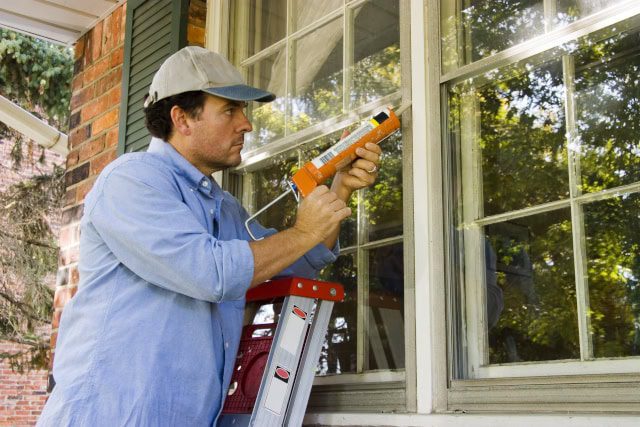
Tips and Tricks to Prevent Window Condensation Without a Dehumidifier
Condensation on windows is a common issue during colder months, leading to dampness, mold growth, and reduced comfort. The good news is you don’t need a dehumidifier to tackle this problem. Here are practical tips to reduce window condensation naturally and effectively:
- Improve Ventilation
Poor ventilation is one of the leading causes of condensation. Ensure that rooms are well-ventilated by opening windows regularly to let fresh air circulate. This helps reduce the buildup of moisture. Use exhaust fans in kitchens and bathrooms, especially when cooking or showering, to expel excess moisture from the air. - Use Window Insulation Film
Applying window insulation film can help improve thermal efficiency by preventing cold air from seeping in. By maintaining a warmer window surface, the temperature difference between the indoor air and the glass is reduced, which minimizes condensation. Insulating curtains or thermal blinds can also help keep the cold out. - Keep Your Home Warm
Maintaining a consistent temperature inside your home can prevent drastic temperature shifts that contribute to condensation. Ensure that your heating system is working efficiently. During the colder months, it’s better to keep your home at a comfortable temperature rather than allowing it to cool down drastically at night. - Wipe Down Condensation Immediately
When you notice condensation forming on your windows, wipe it down with a dry cloth or towel right away. If left unchecked, this moisture can contribute to mold and mildew growth. Regularly check your windows during the morning and evening, as these are the times when condensation is most likely to form. - Use Absorbent Materials
Placing absorbent materials like silica gel packets, activated charcoal, or moisture-absorbing crystals near windows can help draw moisture from the air. These items can be placed on windowsills or near areas where condensation typically forms. - Seal Gaps and Cracks
Cold air entering through gaps around windows can contribute to condensation. Check for any drafts or cracks around window frames and seal them with weather stripping or caulking to prevent cold air from making the windows colder than the indoor air.
By incorporating these strategies, you can reduce window condensation without needing a dehumidifier, maintain a healthier indoor environment, and keep your home cozy all year long. Whether it's through improved ventilation, insulation, or mindful daily habits, a few simple changes can make a big difference! Contact John’s Home Heating and Cooling Inc. for more information or to schedule a comprehensive inspection.





